
Fire Starting 101 – Lesson 3 – Natural Fire Starters
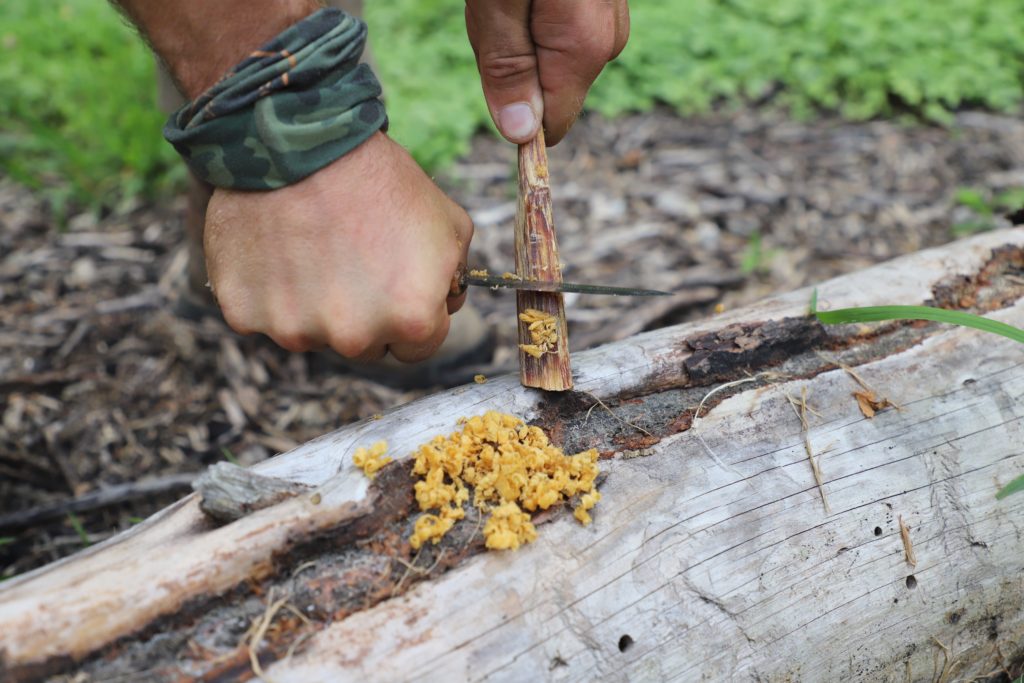
Using Natural Fire Starters
Beyond fire starting devices, the triangle of fire, and material selection for your fire lay, it is important to understand the environment around us. With an understanding of our environment, we better equip ourselves to become more successful in crafting a fire. Nature provides a wide variety of resources that can aid in creating a sustainable fire, even when the environmental conditions and circumstances are not in our favor.

Understanding the Properties
It is difficult to distinguish every plant and tree in nature. The elements vary drastically in each geographical area throughout the world and even vary within the same area depending on environmental features. Swamps, mountains, and meadows all have different and unique resources, but having the ability to identify the properties of trees and vegetation in the current area allows us to skip past the technicality of it and begin to look for the resources within. Take a tree for example. Without having much knowledge about the tree, the tree may appear to be like every other tree in the forest; however, understanding the properties of a tree is very beneficial.
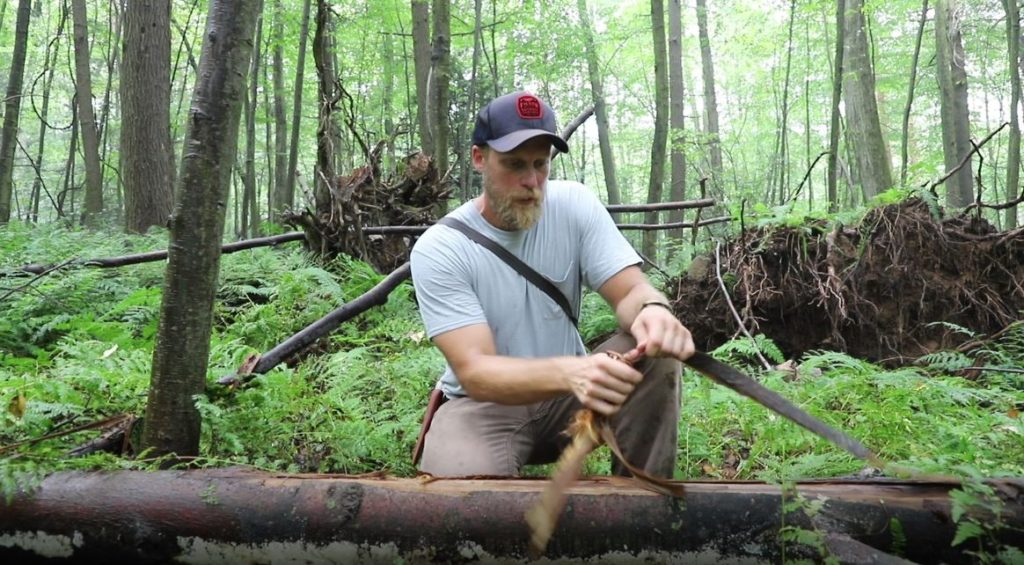
First, let’s look at the bark
Does it peel off in strips or break away in chunks? Can we shred the bark into multiple layers or does it crumble into pieces? This simple task gives insight as to what this tree has to offer. The bark that strips and breaks into multiple layers would create a good bird’s nest that can be used as a tinder source during the fire making process. Next, look at the branches – Are they dead? Are the branches falling? Do the branches snap cleanly from the trunk? This gives an idea of how dry the wood is and if it is viable for collection. This may be ideal for kindling or fuel, or creating shavings to help with the tinder source. Lastly, examine the trunk of the tree – Is it rotting? Is it full of sap or resin? Resinous wood and sap provide great flame extender properties for any fire lay.
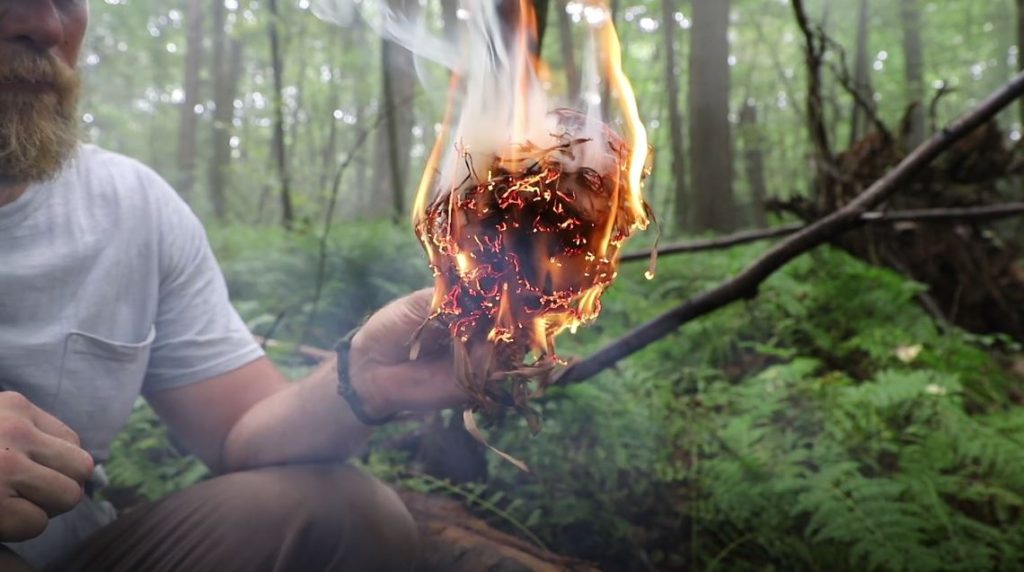
The Environment Provides Strength
Once we understand what properties we are looking for in trees and vegetation, life becomes much easier in the wilderness. We then have a full arsenal of fire starting implements at our disposal.Fire may get confusing when dealing with adverse weather or subpar materials (more details to come later in this fire series). The easiest way to approach these issues is to have a stronger flame. Remember, always start a fire with a small flame and then shepherd it into something more. That initial flame can use as much help as it can get. This is where materials in the environment are of great help. Prior to adding our tinder material (toothpick sized wood) onto the flame source, we can ignite natural materials to burn stronger and hotter. This stronger flame now has a much greater ability to burn moisture out of the tinder and kindling while kick-starting that fire into high gear.

Processes
Now that there is an understanding of the principles and how natural components are going to aid the flame, let’s look at how to use each element. Every element is different and provides a unique challenge to the user. Remembering how to properly choose fire lay materials is extremely important because the same concepts apply. When gathering any natural material, it is important to think about size. Much like the fire lay, the smaller material will take flame quicker. A large quantity of small material will create a large flame quickly and allow adequate heat to ignite the kindling or medium-sized materials.
Processing natural materials into small shards is of the utmost importance and utilizing all of the knowledge and tools given. Don’t be afraid to think outside the box. Sometimes this requires working materials with our hands to get the job done, whereas other times using the back edge of our knife blade will provide very fine dust off of apiece of resinous wood. Use your imagination when making your materials small.

Common Natural Elements and Processes
Tree Bark
Characteristics: Peels off in strips, may appear fibrous,
Processing: Work with hands to expose smaller inner fibers, use directly off tree, avoid rough
hard outer bark
Heat Source: Open Flame, Ferro Rod, Ember
Branches
Characteristics: No Bark, Snaps cleanly if broken, Rot Free
Processing: Broken into Smaller Pieces, Create Shavings
Heat Source: Open Flame, Ferrocerium Rod
Sap and Resins
Characteristics: Sticky, Turpentine Smell
Processing: Ignite Directly with Flame, Create Shavings, Create Scrapings
Heat Source: Open Flame, Ferrocerium Rod
Grasses
Characteristics: Dry, Long in Length, Dead Flower Tops
Processing: None Needed
Heat Source: Open Flame, Ferrocerium Rod, Ember
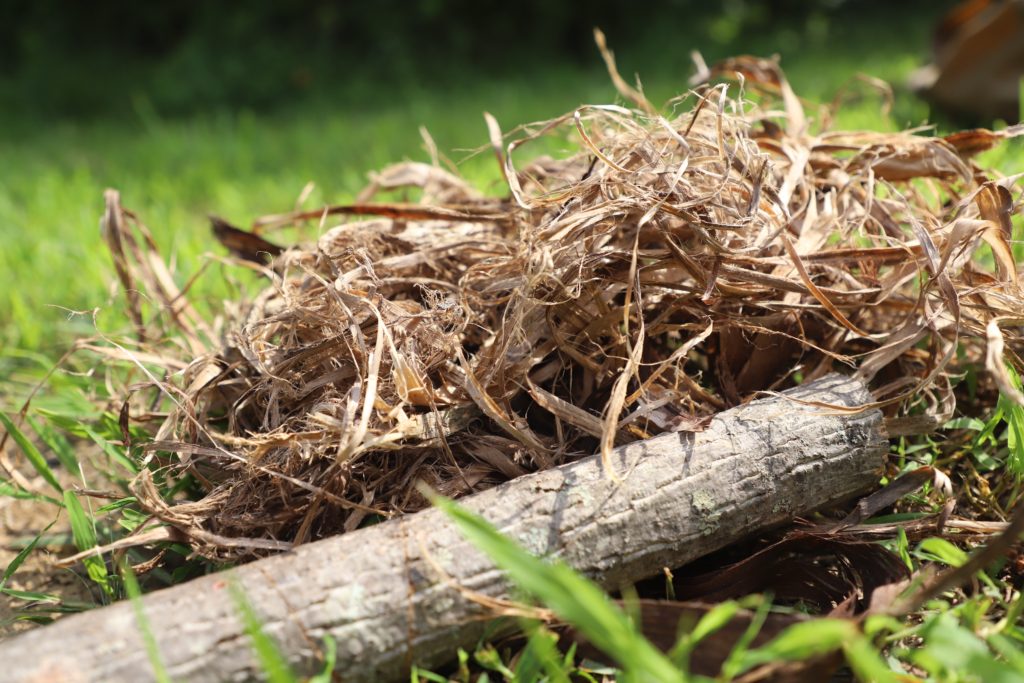
Just Light That Fire
Remember fire starting is all about following the principles! Heat, oxygen, and fuel make up the triangle of fire while tinder, kindling, and fuel support the life of it. Natural elements are a great addition to these principles and provide a way for us to enhance our success in fire making.
Wet, damp, cold, subpar materials have no chance when we stack the odds in our favor and use nature to our advantage.
About the Author
DAN WOWAK – APPALACHIAN BUSHMAN SCHOOL
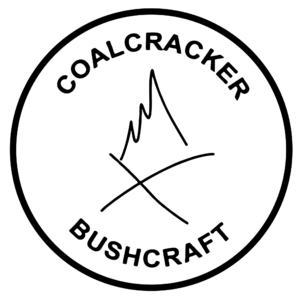
Dan Wowak, Owner and Instructor, of Coalcracker Bushcraft and the Appalachian Bushman School, has been an avid outdoorsman since childhood. His love and passion for the outdoors began while fishing and hiking with his grandfather in the hills of Appalachia. Over the years, he continued pursuing his love for the outdoors through backpacking, camping, hunting, and trapping. As time went on, Dan’s enthusiasm for the outdoors compounded with his drive for reaching his physical and mental limits.
The collision of these two passions launched him into the unforgiving, highly dynamic world of survival and bushcraft. He spent years honing this craft and was driven to inspire individuals to pursue a love of wilderness skills. Dan has been formally teaching and sharing knowledge of survival and wilderness living for several years. Most recently Dan has had the opportunity to put his lifetime of knowledge and foundational survival approach to the test on History Channel’s Alone Television Series.

